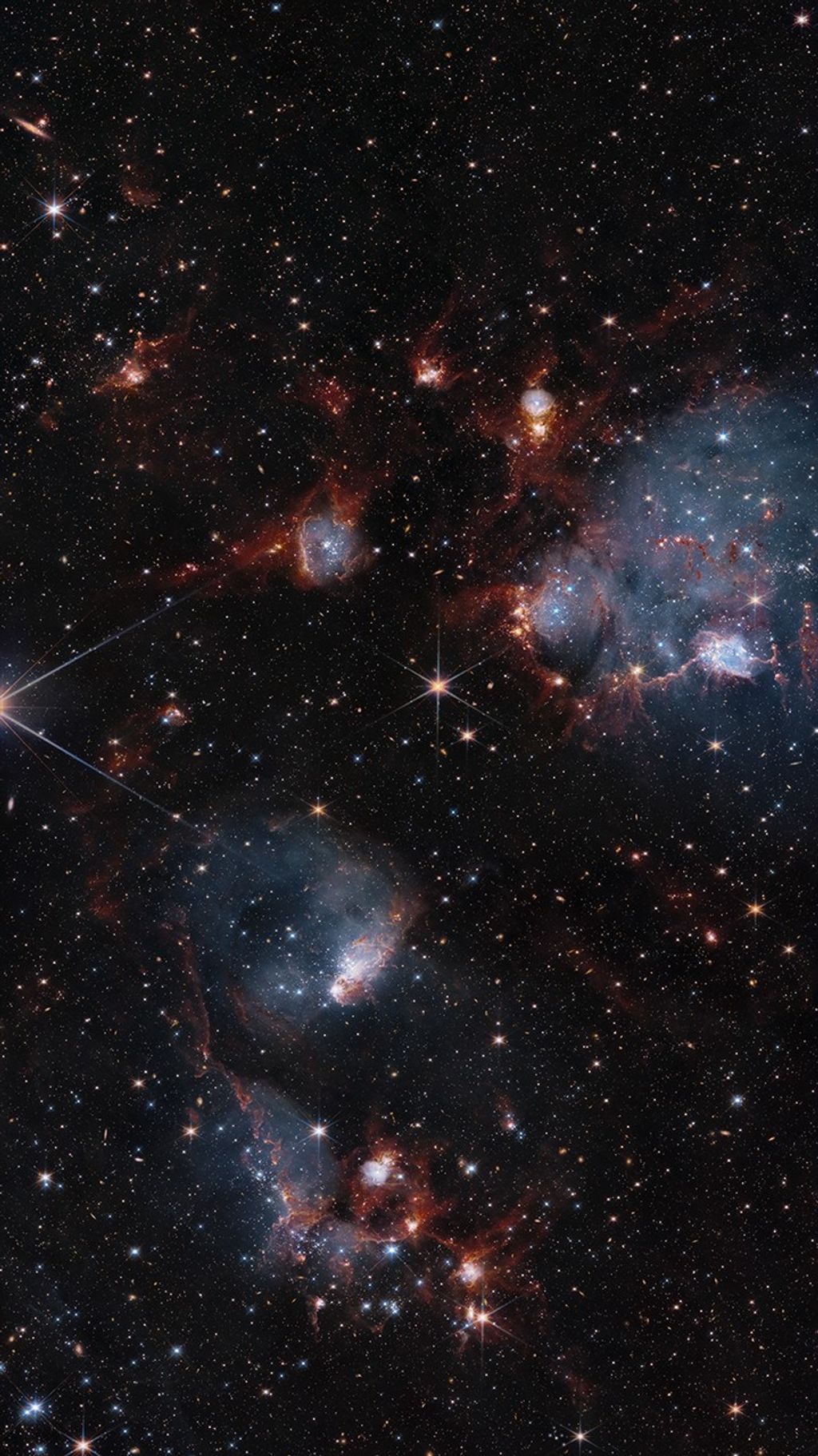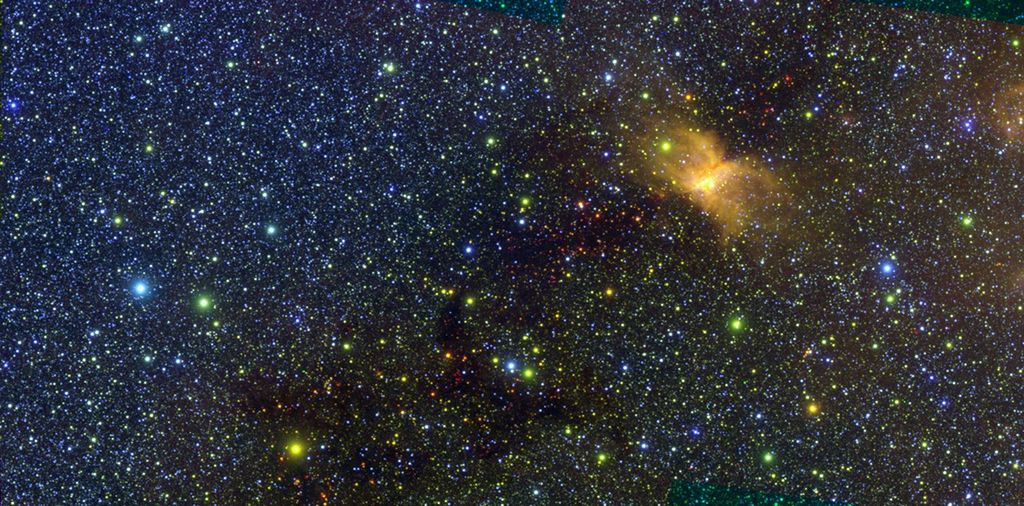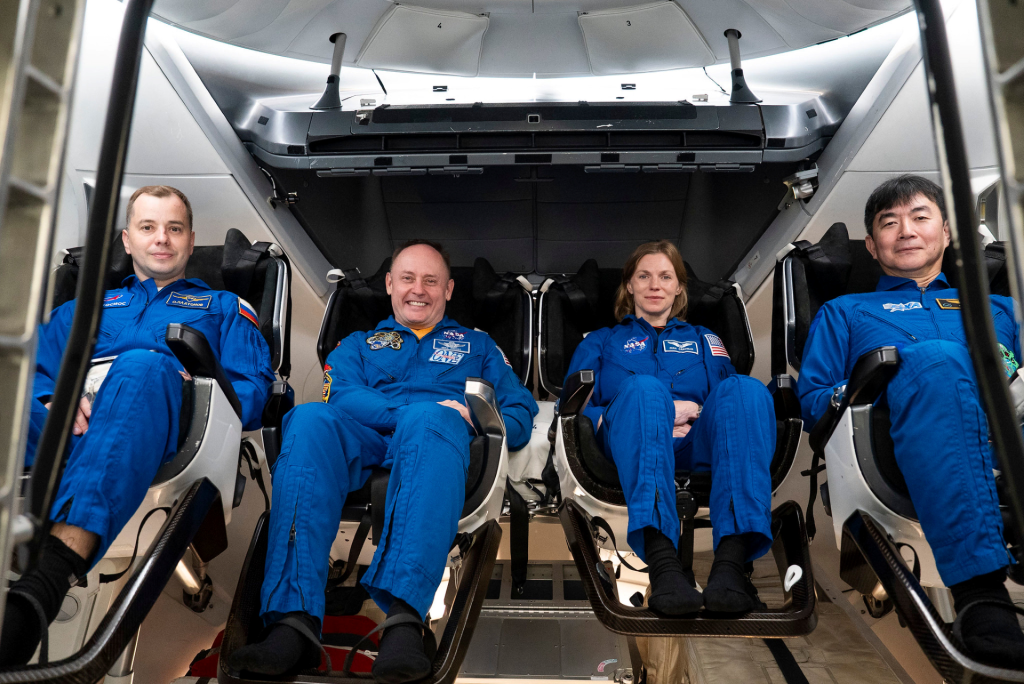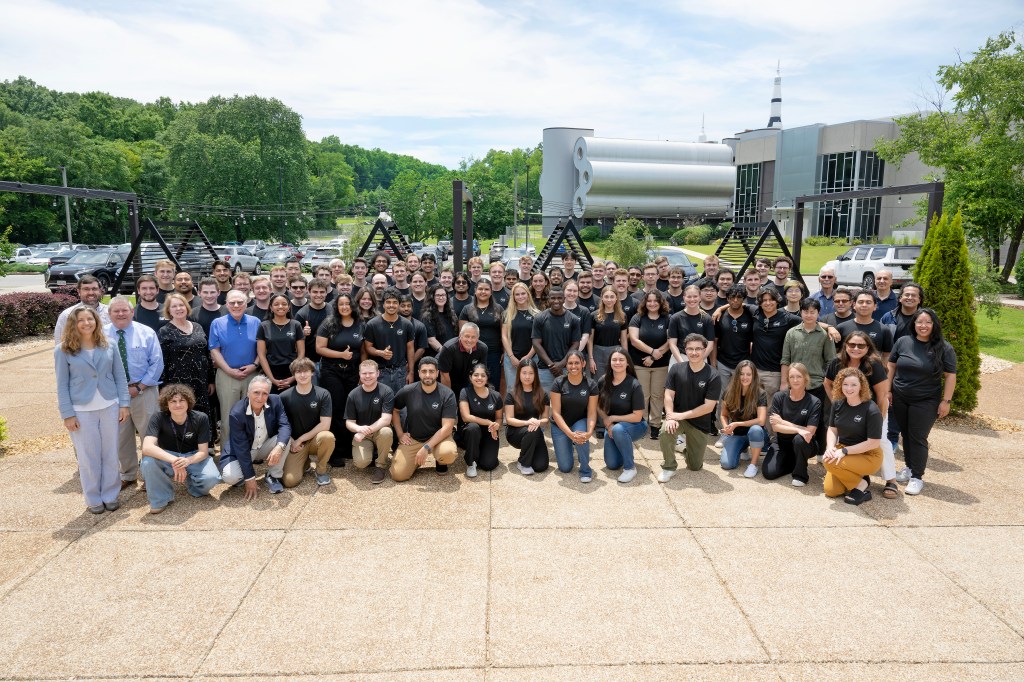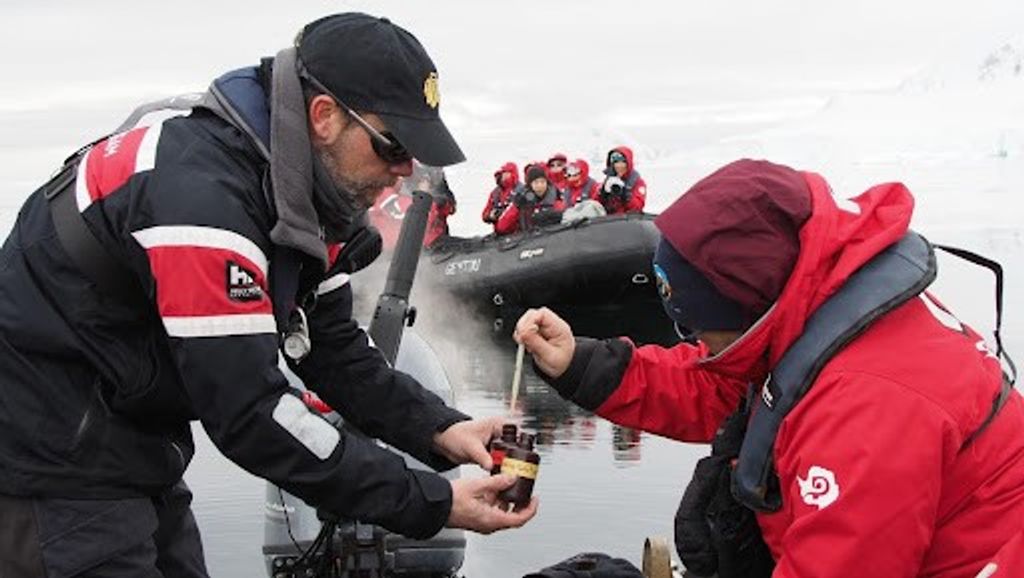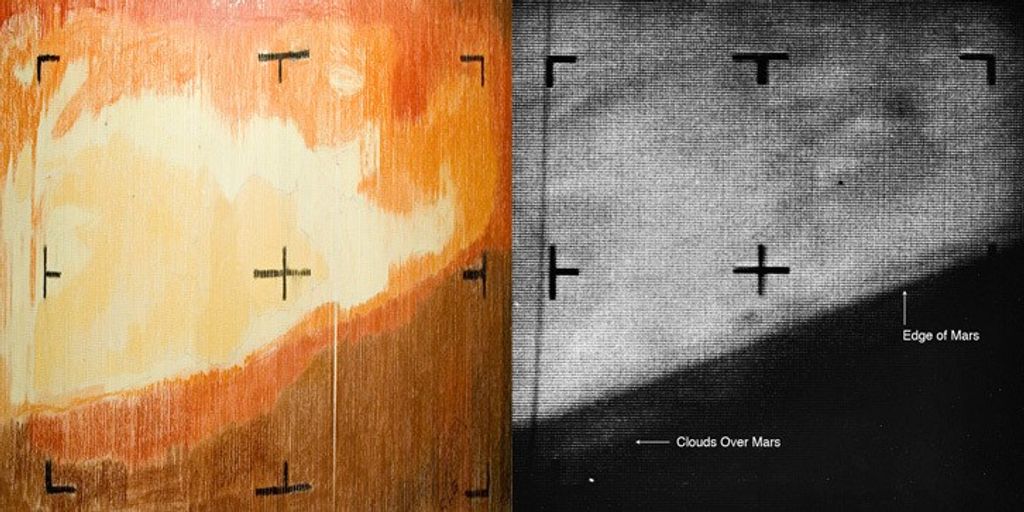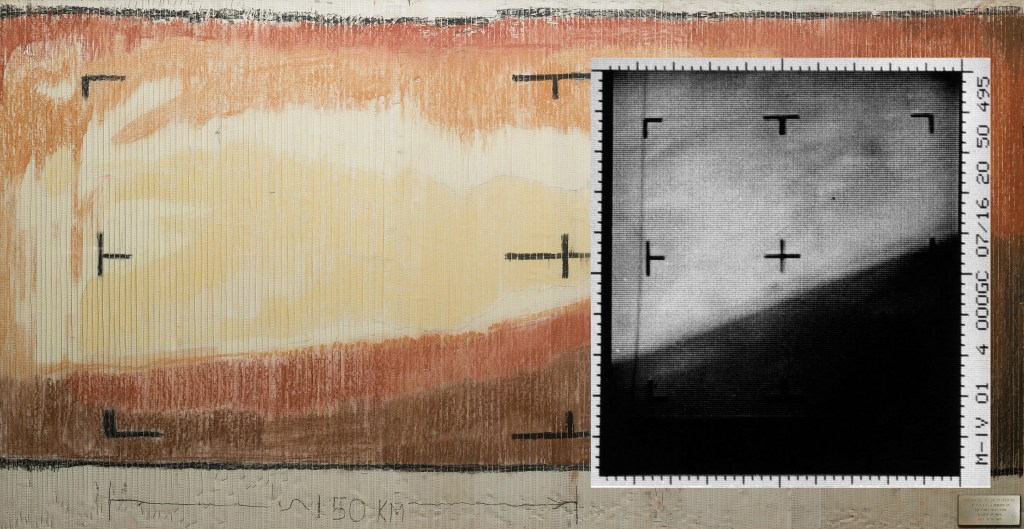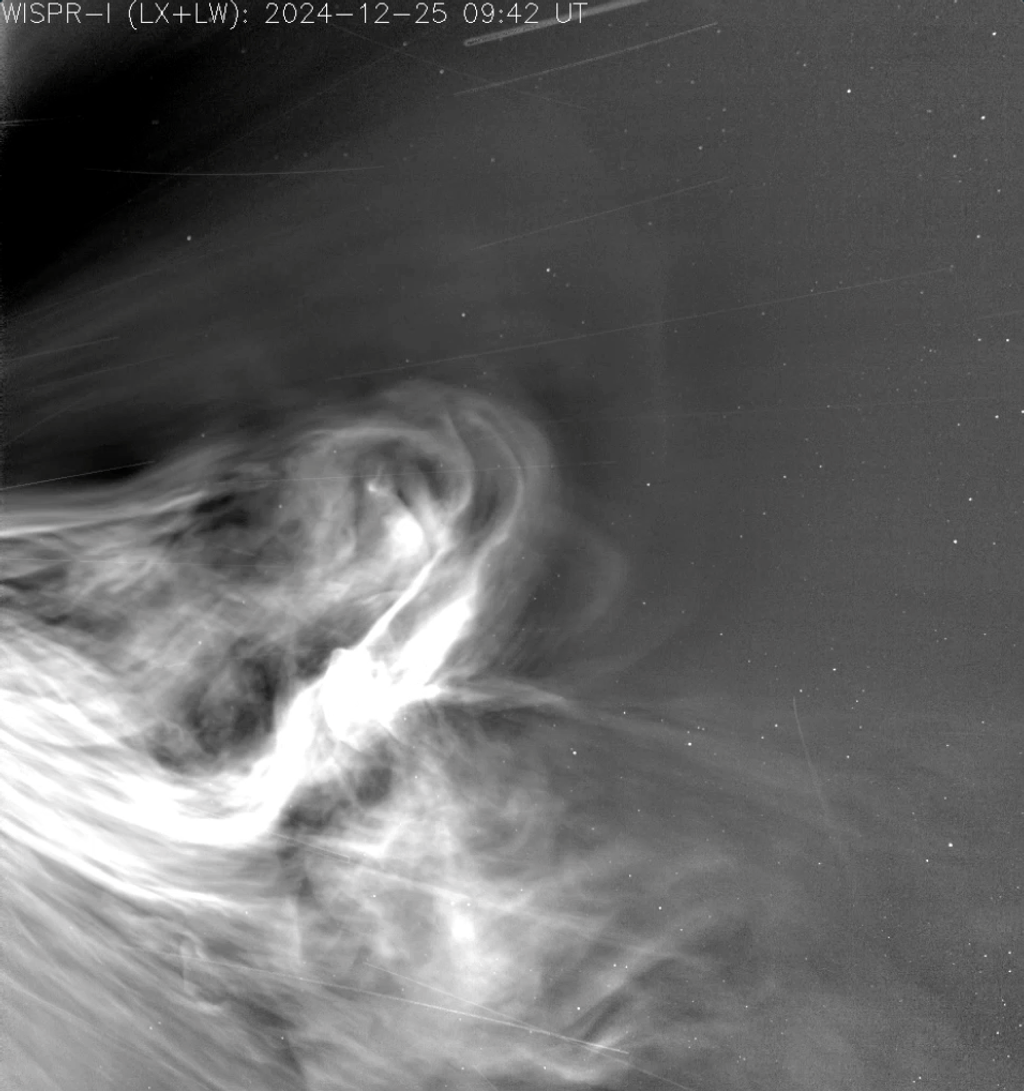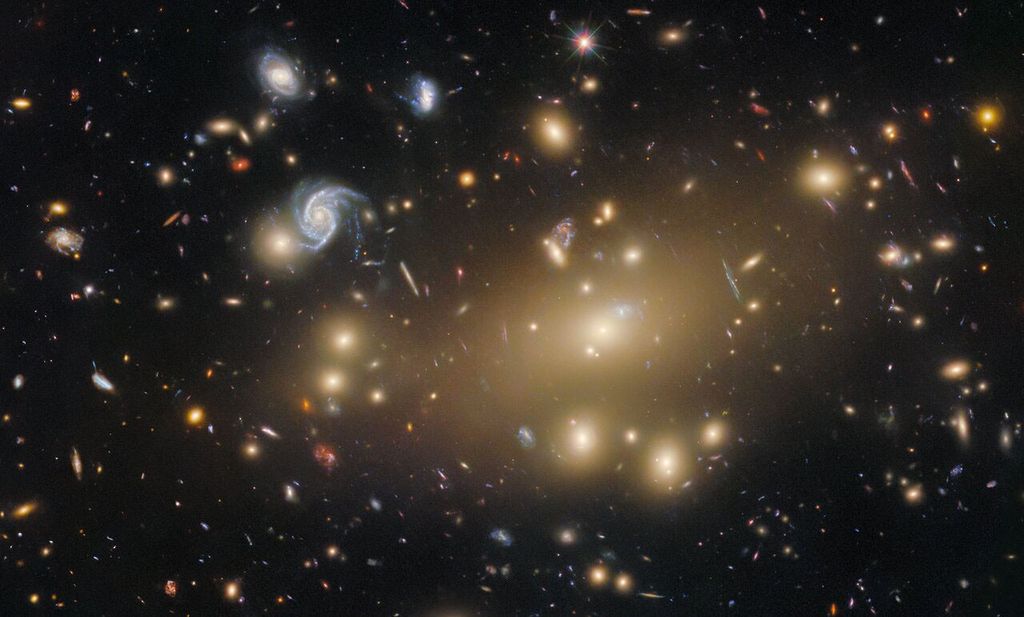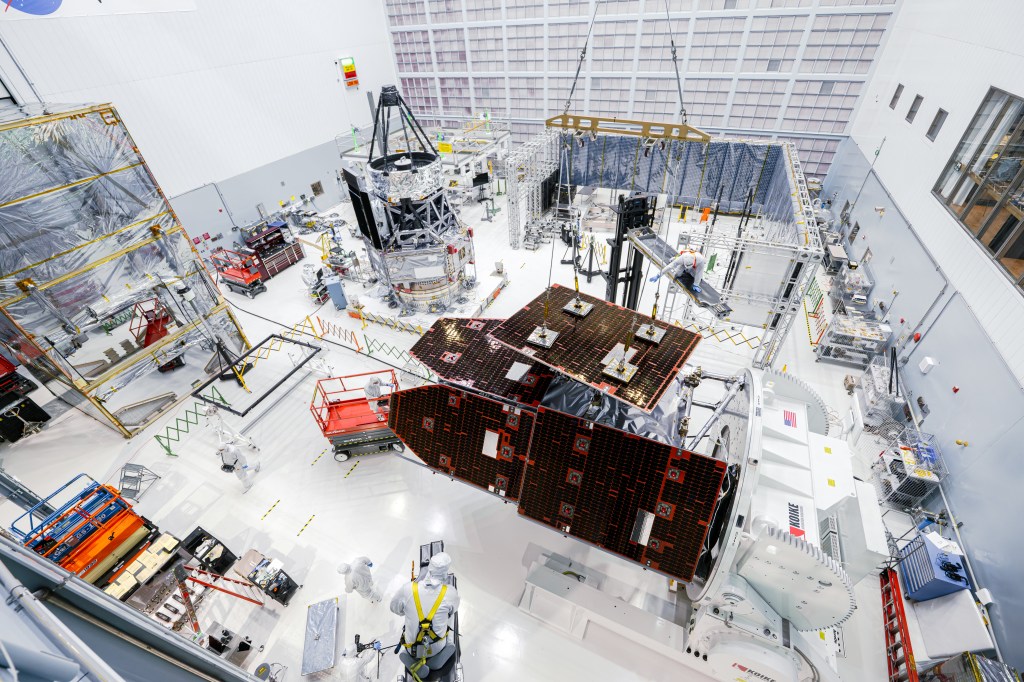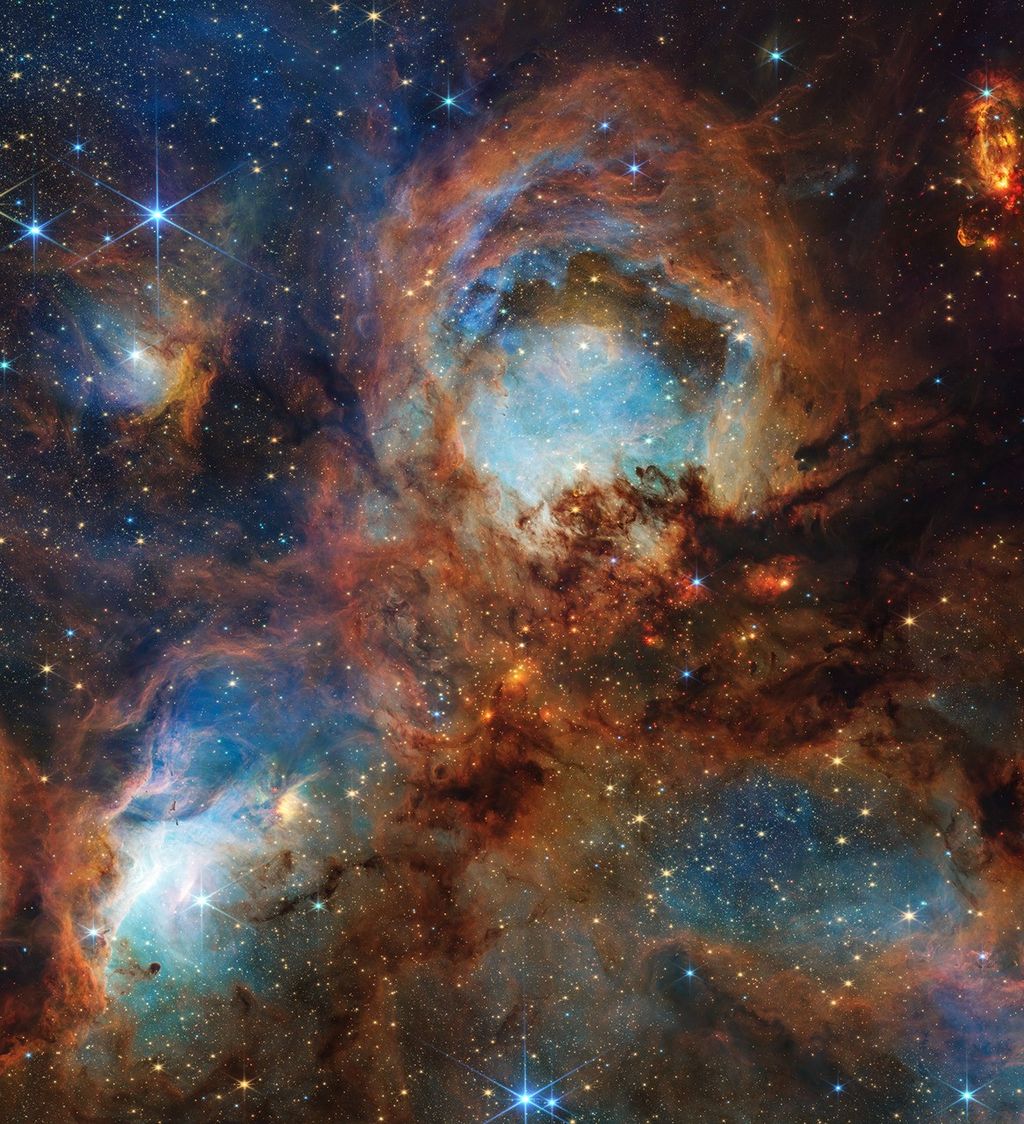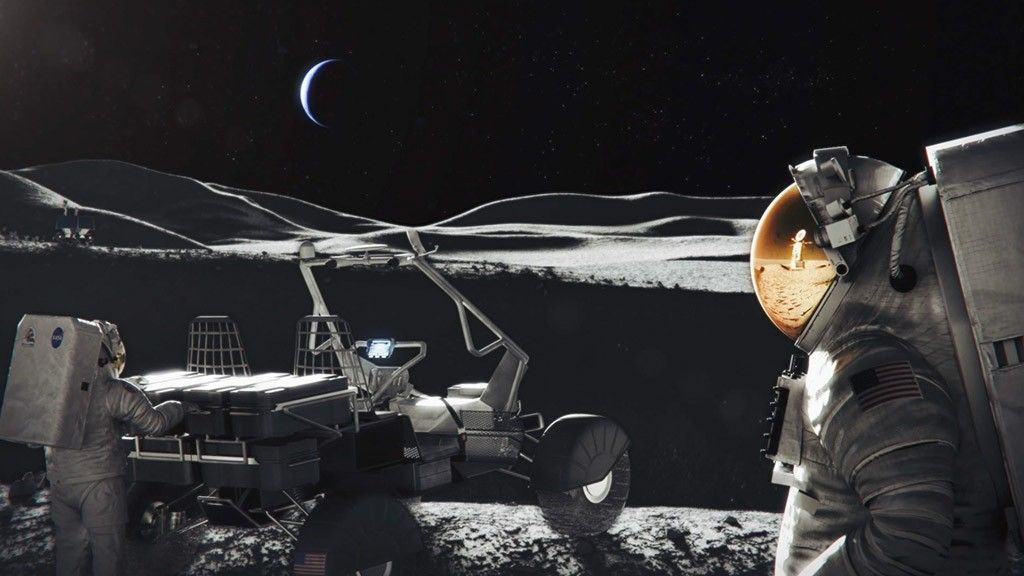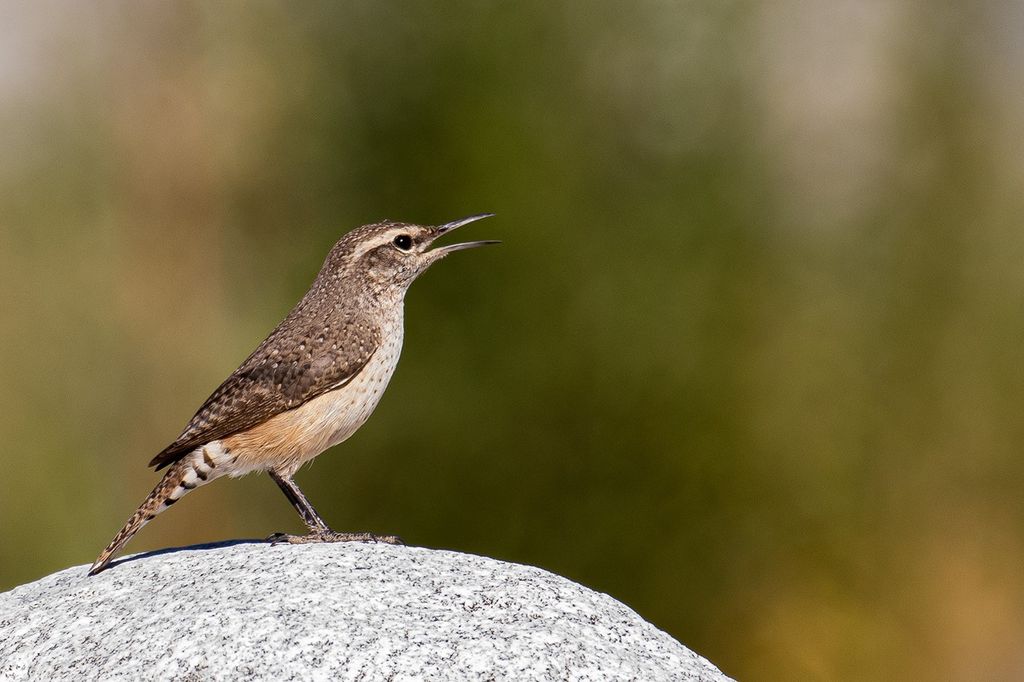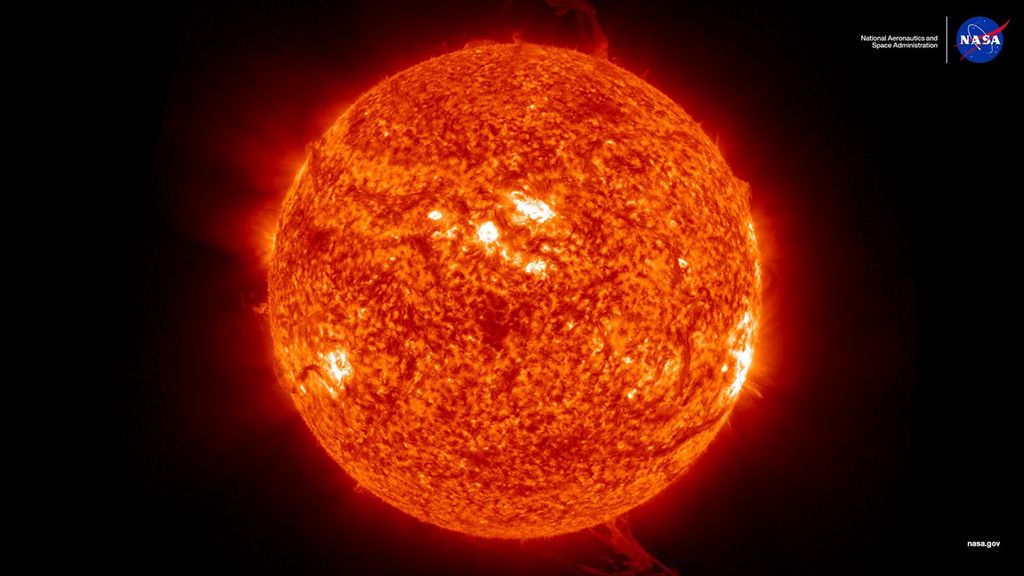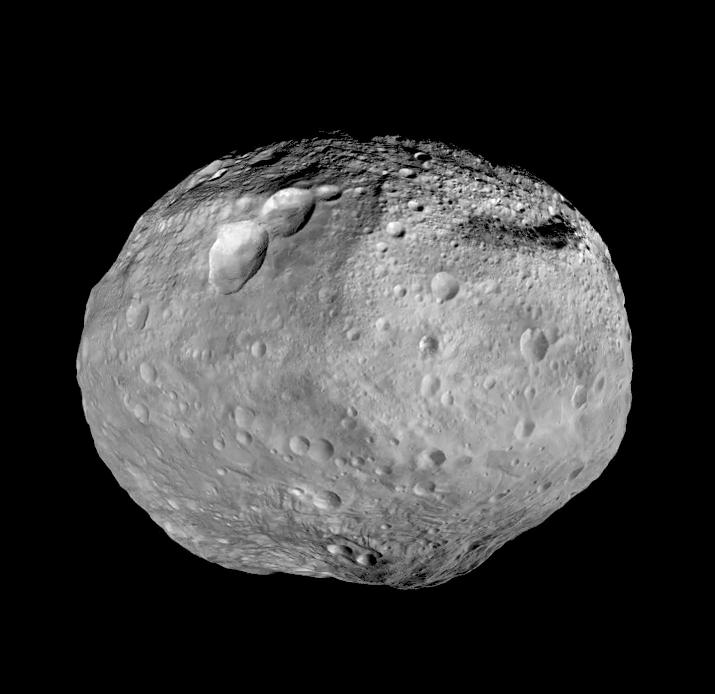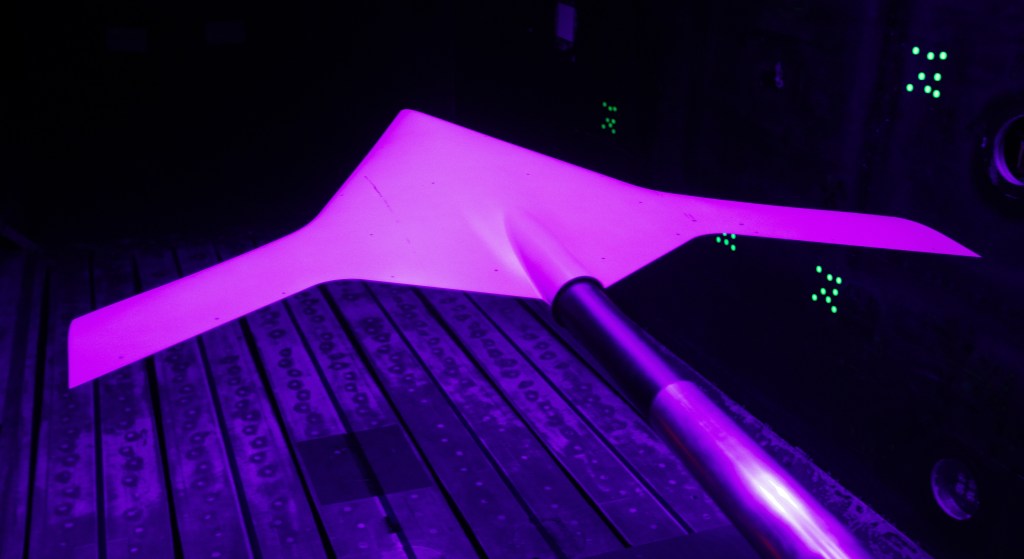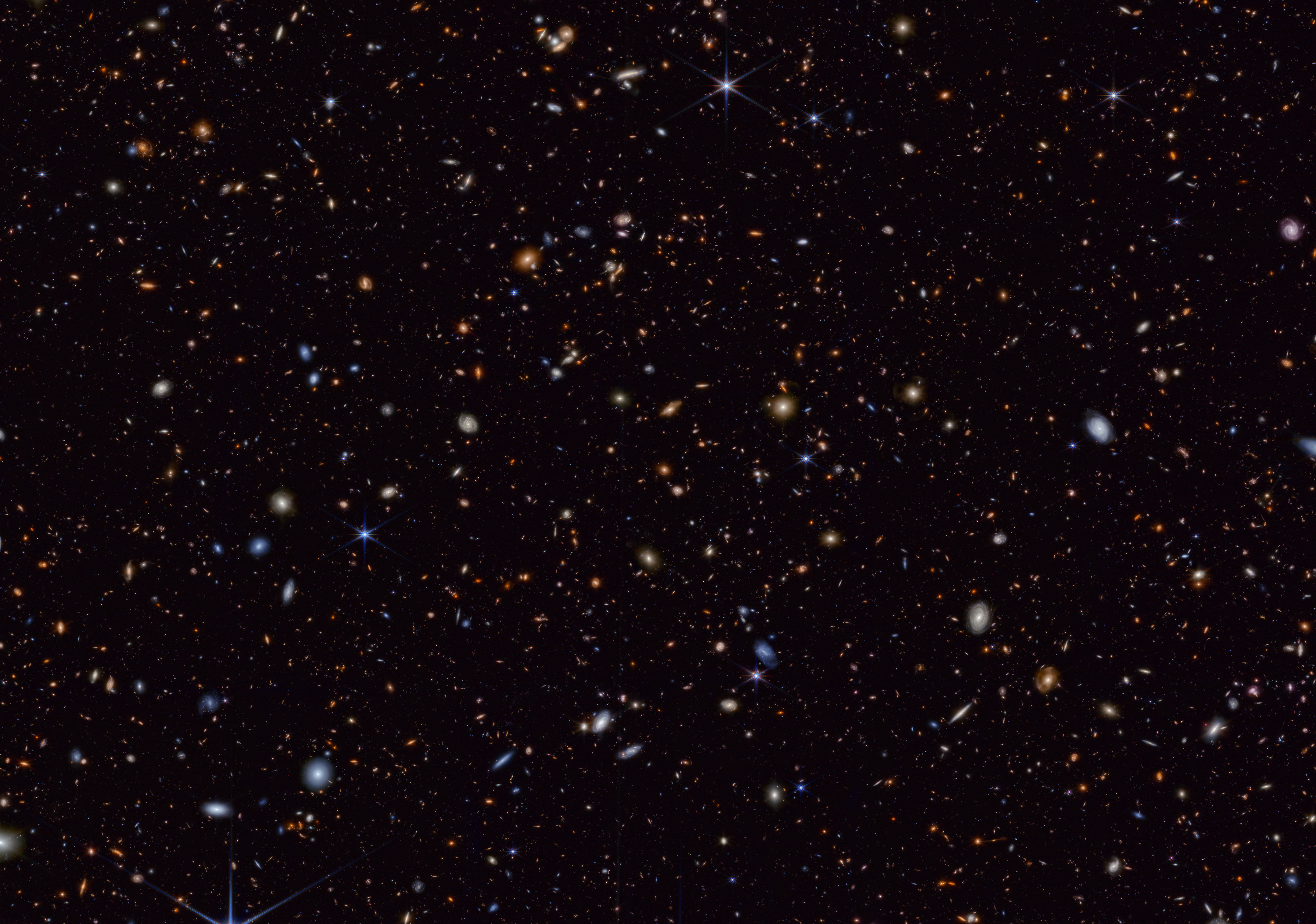A pair of team members from NASA’s Marshall Space Flight Center are among the finalists for this year’s Samuel J. Heyman Service to America Medals, also known as the Sammies, honoring outstanding federal employees who are addressing many of our country’s greatest challenges.
Selected from more than 350 nominations, Brian Key, Scott Bellamy, and NASA’s DART (Double Asteroid Redirection Test) team, are finalists for the Science, Technology and Environment award.

Named for the Partnership for Public Service’s late founder, Samuel J. Heyman, an American businessman and philanthropist, these awards recognize federal employees who “break down barriers, overcoming huge challenges, and get results.” Ralph Roe, retired NASA chief engineer, is a finalist for the Career Achievement award.
“The DART team led by Brian Key and Scott Bellamy, and Ralph Roe are some of the very best of NASA, and we are beyond excited to see them recognized for their contributions and leadership,” said NASA Administrator Bill Nelson. “These individuals have shaped the course of human space exploration, inspiring everyday Americans through innovation. They are very deserving of this honor through the Sammie award.”
Science, Technology and Environment Award
NASA’s DART team are finalists for the Science, Technology and Environment Award. Managed by Key and Bellamy, the team directed a mission that, for the first time in human history, deflected an asteroid as a test for planetary defense.
NASA’s DART spacecraft launched in November 2021 and successfully impacted its target asteroid, Dimorphos, on Sept. 26, 2022. While Dimorphos posed no hazard to Earth, DART’s successful collision with the asteroid demonstrated one method of asteroid deflection, known as kinetic impactor technology.
Following the collision with the asteroid, the team continued to obtain and analyze data from ground-based telescopes and radar facilities around the world to understand the efficiency of momentum transfer from DART’s roughly 14,000 mph collision with its target. These data, in tandem with the images returned by various spacecraft and telescopes, are helping scientists understand the nature of the surface of Dimorphos, how much material was ejected by the collision, and how fast it was ejected – all factors that can help us determine how effectively this technique can modify an asteroid’s orbit.
Most recently, the DART team has received several top awards, including the National Space Club and Foundation Aerospace Award and the Space Foundation Achievement Award.

